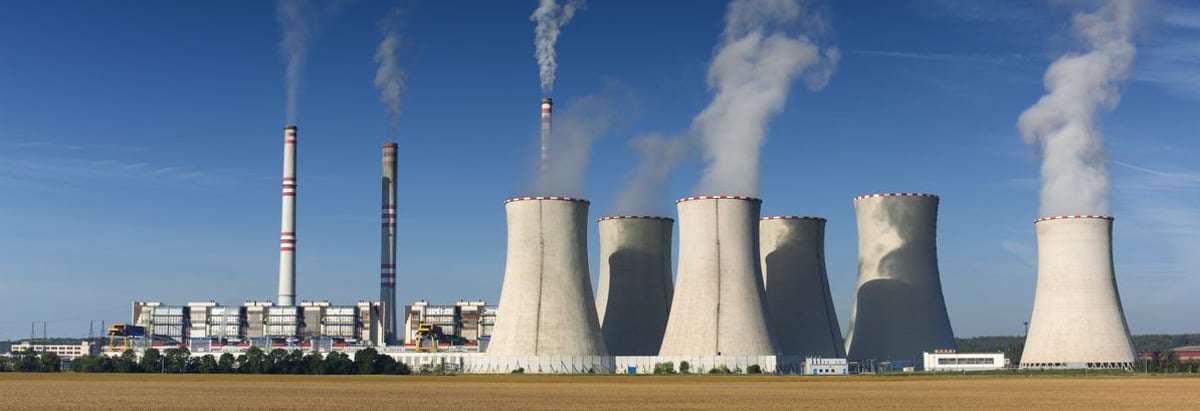- Russia
- /
- Renewable Energy
- /
- MISX:UPRO
Are Poor Financial Prospects Dragging Down Public Joint-Stock Company Unipro (MCX:UPRO Stock?

Unipro (MCX:UPRO) has had a rough three months with its share price down 9.2%. Given that stock prices are usually driven by a company’s fundamentals over the long term, which in this case look pretty weak, we decided to study the company's key financial indicators. Specifically, we decided to study Unipro's ROE in this article.
Return on equity or ROE is an important factor to be considered by a shareholder because it tells them how effectively their capital is being reinvested. In other words, it is a profitability ratio which measures the rate of return on the capital provided by the company's shareholders.
Check out our latest analysis for Unipro
How Do You Calculate Return On Equity?
The formula for ROE is:
Return on Equity = Net Profit (from continuing operations) ÷ Shareholders' Equity
So, based on the above formula, the ROE for Unipro is:
12% = ₽15b ÷ ₽121b (Based on the trailing twelve months to September 2021).
The 'return' is the income the business earned over the last year. One way to conceptualize this is that for each RUB1 of shareholders' capital it has, the company made RUB0.12 in profit.
Why Is ROE Important For Earnings Growth?
We have already established that ROE serves as an efficient profit-generating gauge for a company's future earnings. We now need to evaluate how much profit the company reinvests or "retains" for future growth which then gives us an idea about the growth potential of the company. Assuming all else is equal, companies that have both a higher return on equity and higher profit retention are usually the ones that have a higher growth rate when compared to companies that don't have the same features.
Unipro's Earnings Growth And 12% ROE
When you first look at it, Unipro's ROE doesn't look that attractive. However, the fact that the its ROE is quite higher to the industry average of 9.3% doesn't go unnoticed by us. But then again, seeing that Unipro's net income shrunk at a rate of 5.6% in the past five years, makes us think again. Remember, the company's ROE is a bit low to begin with, just that it is higher than the industry average. Therefore, the decline in earnings could also be the result of this.
That being said, we compared Unipro's performance with the industry and were concerned when we found that while the company has shrunk its earnings, the industry has grown its earnings at a rate of 10% in the same period.

The basis for attaching value to a company is, to a great extent, tied to its earnings growth. What investors need to determine next is if the expected earnings growth, or the lack of it, is already built into the share price. This then helps them determine if the stock is placed for a bright or bleak future. What is UPRO worth today? The intrinsic value infographic in our free research report helps visualize whether UPRO is currently mispriced by the market.
Is Unipro Making Efficient Use Of Its Profits?
Unipro's declining earnings is not surprising given how the company is spending most of its profits in paying dividends, judging by its three-year median payout ratio of 95% (or a retention ratio of 5.2%). With only a little being reinvested into the business, earnings growth would obviously be low or non-existent.
Moreover, Unipro has been paying dividends for at least ten years or more suggesting that management must have perceived that the shareholders prefer dividends over earnings growth. Based on the latest analysts' estimates, we found that the company's future payout ratio over the next three years is expected to hold steady at 84%. However, Unipro's ROE is predicted to rise to 19% despite there being no anticipated change in its payout ratio.
Summary
Overall, we would be extremely cautious before making any decision on Unipro. The company has shown a disappointing growth in its earnings as a result of it retaining little to almost none of its profits. So, the decent ROE it does have, is not much useful to investors given that the company is reinvesting very little into its business. With that said, we studied the latest analyst forecasts and found that while the company has shrunk its earnings in the past, analysts expect its earnings to grow in the future. To know more about the latest analysts predictions for the company, check out this visualization of analyst forecasts for the company.
New: AI Stock Screener & Alerts
Our new AI Stock Screener scans the market every day to uncover opportunities.
• Dividend Powerhouses (3%+ Yield)
• Undervalued Small Caps with Insider Buying
• High growth Tech and AI Companies
Or build your own from over 50 metrics.
Have feedback on this article? Concerned about the content? Get in touch with us directly. Alternatively, email editorial-team (at) simplywallst.com.
This article by Simply Wall St is general in nature. We provide commentary based on historical data and analyst forecasts only using an unbiased methodology and our articles are not intended to be financial advice. It does not constitute a recommendation to buy or sell any stock, and does not take account of your objectives, or your financial situation. We aim to bring you long-term focused analysis driven by fundamental data. Note that our analysis may not factor in the latest price-sensitive company announcements or qualitative material. Simply Wall St has no position in any stocks mentioned.
About MISX:UPRO
Unipro
Public Joint-Stock Company Unipro engages in the production and sale of electricity, and power and heat energy in Russia.
Flawless balance sheet and fair value.
Similar Companies
Market Insights
Community Narratives




